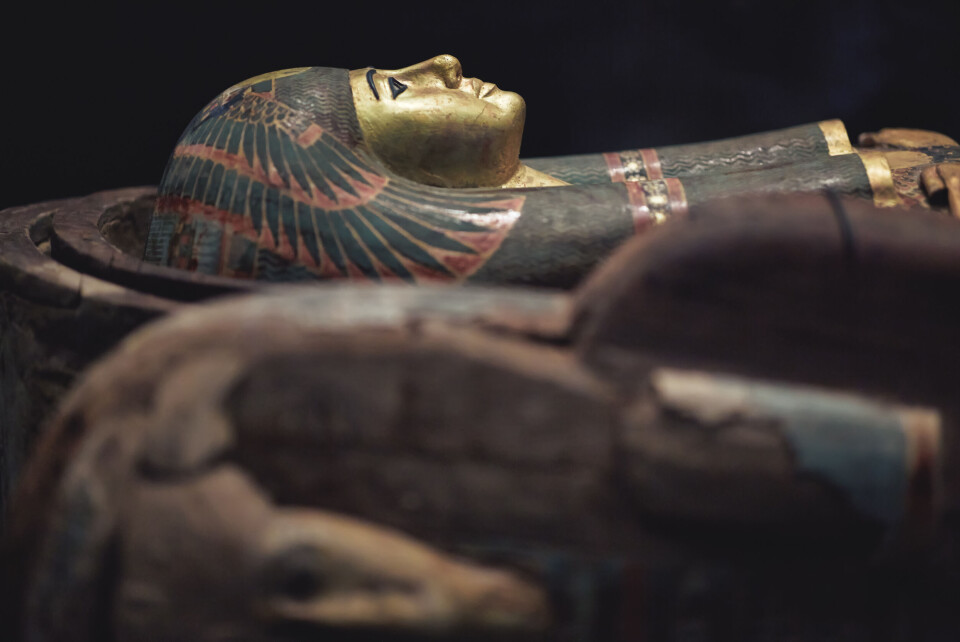-
Hosting scheme in south-west France lets newcomers sample lifestyle
Households in nine Dordogne communes volunteer under Mes Nouveaux Voisins scheme
-
French boulangeries demand right for staff to work on May 1 so they can open
Artisan bakery owners can work but employees cannot, while certain industrial bakeries are allowed to remain open with workers
-
How many Americans live in Paris - and where else are they choosing in France?
Over a quarter of all US nationals in France live in the capital city
Coffin of ancient Egypt’s ‘greatest king’ goes on display in Paris
An exhibition featuring the sarcophagus of Ramses II opens in the French capital on Friday (April 7)

The coffin of “the greatest pharaoh to rule over ancient Egypt” is the star attraction of an exhibition that opens in Paris on Friday (April 7).
It is among 180 items - many rarely seen outside Egypt - on display at La Villette.
Ramses II, born in 1303 BC, ruled for more than 60 years, during which Egyptian domination over Nubia was established and the temple of Abou Simbel built.
His ornate coffin, or sarcophagus, arrived in France under police protection.
However, while it will be on display in the French capital until September, it does not contain the king's mummy, which has remained at a museum in Cairo.
The loan of the coffin is recognition of French assistance in helping save the mummy from decay following a previous visit to Paris in 1976.
“We are thrilled to present this wonderful ensemble to the world,” said Ron Tan, Group Executive Chairman and CEO of Cityneon Holdings, whose team of experts helped design the exhibition.
“This spectacular exhibition will feature 181 rare Egyptian artefacts, the most impressive collection illustrating the grandeur of pharaonic royalty.
“Visitors will stroll among priceless relics of the great pharaoh and will also be able to immerse themselves in the atmosphere of the time thanks to a virtual reality experience.”
Dr Zahi Hawass, Egypt’s former minister of antiquities and an archaeologist, said Ramses II was considered the greatest pharaoh to have reigned over the ancient kingdom.
“Many of the artefacts and structures that we have used to trace the history of Egypt date from his reign. This exhibition will highlight the pivotal moments that allowed the great pharaoh to enter history.”
Tickets are available from the exhibition’s website.
Related Articles
New Tutankhamun show breaks France visitor record
Truth or myth?: Napoleon and the story of the truncated pyramid cheese
























